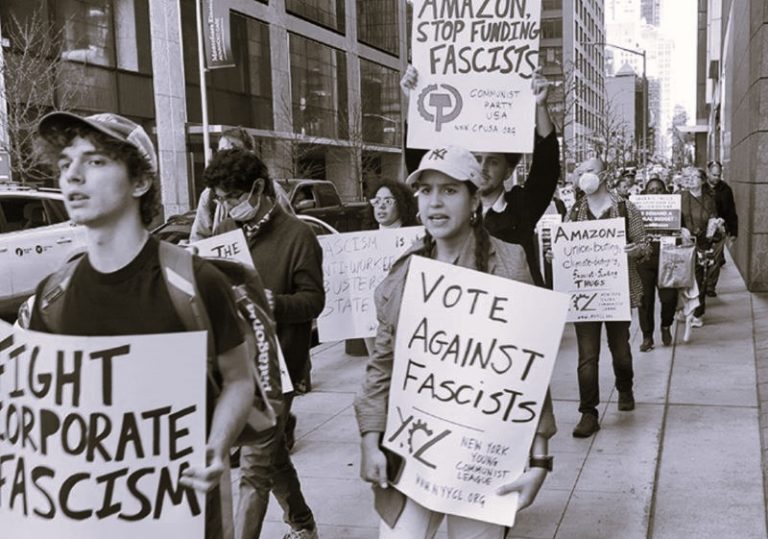

The dramatic drop in foreign labor supply growth contributes to the current worker shortages and slows economic growth.

By Giovanni Peri
Professor of Economics
University of California, Davis

By Reem Zaiour
PhD Student in Economics
University of California, Davis
During the years 2020 and 2021, the number of immigrants arriving in the United States decreased substantially.
This decline in immigrant and nonimmigrant visa arrivals resulted in zero growth in working-age foreign-born people in the United States.

As the U.S economy recovered from the Covid-19 crisis in 2021 and job-creation increased, employers found it more difficult to fill jobs. Across sectors, these shortages are significantly associated with the loss of foreign workers.
The loss of foreign workers is not the only reason for the high rate of unfilled jobs.
The loss of two million potential immigrants, of which a million are college educated, could impact productivity and employment in the long run.
The loss of immigrants could imply a large loss of entrepreneurship.
The loss of foreign college students will affect American educational institutions.
The shortfall of immigrants over the past two years has had immediate adverse consequences for filling jobs and also harms the long-run prospects for the U.S. economy. The drop in the number of foreign students and high-skilled immigrants is particularly concerning for the long-run effects on productivity, innovation and entrepreneurship. The drop in the number of less-skilled immigrants can be contributing to the current shortages in several industries in which they had been highly represented. In light of this, the government should make an effort this year to facilitate the processing of non-immigrant and immigrant visas to avoid further reducing the number of immigrants and the resulting negative economic consequences.
READ ENTIRE ARTICLE AT ECONOFACT






